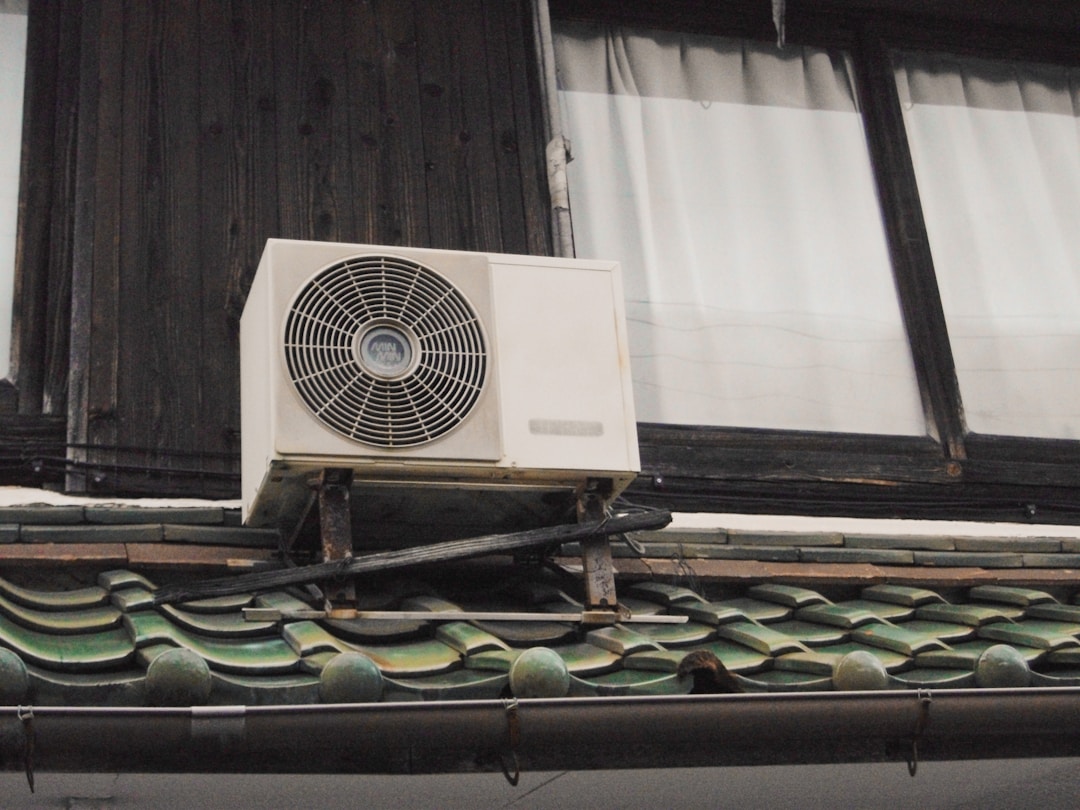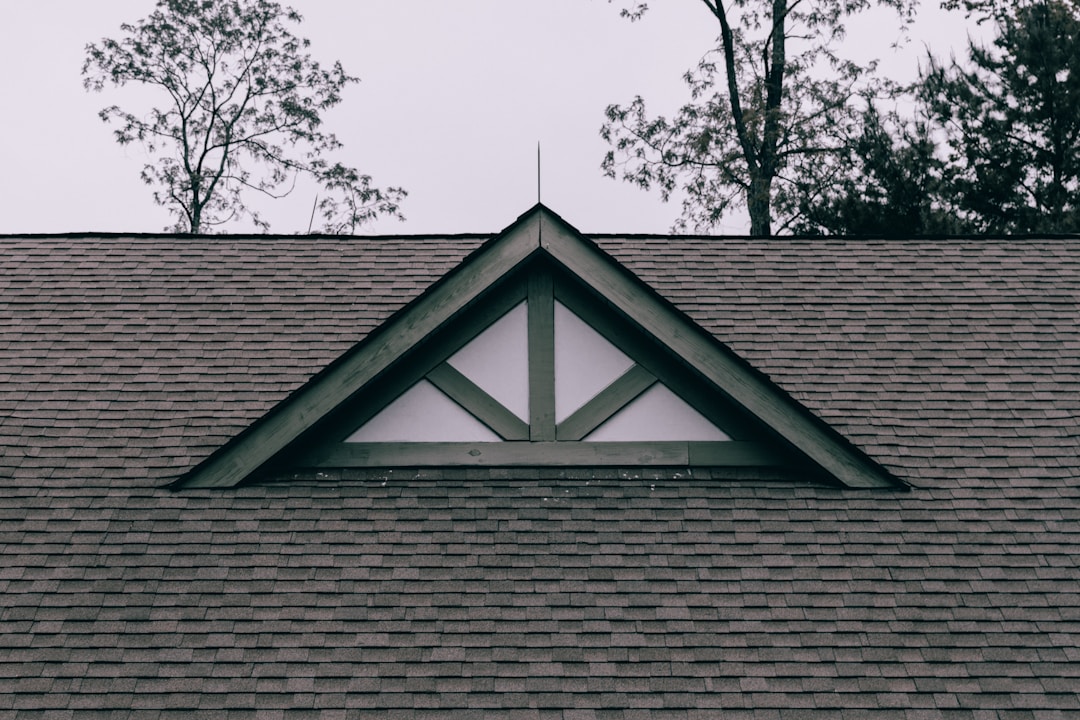More and more people are opting for ready-to-move homes due to their numerous advantages. These homes are pre-built, designed for comfortable living, and can be quickly transported to a location of your choice. However, you have to keep the property in tip-top condition to ensure it remains safe and comfortable for years to come. In this article, we will discuss some of the most useful maintenance tips to allow you to preserve your ready-to-move home. If you’re looking for some advice or more information, keep reading!
Maintaining the Heating, Ventilation, and Air Conditioning System

To keep your home comfortable, it is crucial to maintain the heating, ventilation, and air conditioning (HVAC) system. As a homeowner, you need to schedule regular HVAC maintenance, which includes checking and cleaning air filters, inspecting the ductwork for leaks, and ensuring the system has proper airflow. It is also necessary to keep an eye on any potential issues that may arise, such as strange noises or a sudden spike in energy bills.
Do not hesitate to call in professionals if you encounter any problems or if it is time for a routine inspection. For example, you can choose a reliable air conditioner repair Brighton, CO service to help you maintain your HVAC system. By doing so, you will save money on energy bills and improve your home’s overall comfort. You should have a technician inspect your HVAC system annually and change the air filters at least once every 90 days. If your system is over a decade old, it might be time to start thinking about buying a replacement.
One of the greatest benefits of ready to move homes is that you will be able to move in and start living immediately. You don’t need to worry about construction delays, or the weather interfering with building progress. You also won’t need to wait for building inspections or deal with the hassle of coordinating with contractors and suppliers. This is particularly useful for individuals who need to relocate quickly, families with young children, and busy professionals who simply don’t have the time to manage the building process.
Protecting Your Home from Water Damage
Water damage is a common issue faced by many homeowners, and it can cause significant damage to the structure of your house, and personal belongings, and can even lead to health issues. To prevent water damage, start by checking your home for leaks, cleaning gutters and downspouts, and ensuring proper drainage is in place around the foundation. This will direct water away from your home. You have to manage any signs of water damage immediately. Check for any musty odors, peeling paint, and warped floorings, as these are clear indications that there could be an underlying moisture issue.
Remember, early intervention can prevent major damage and save on costly repairs. You should also invest in a sump pump and a dehumidifier for your basement or crawl space. These devices will manage moisture levels, prevent mold and mildew growth, and protect your home from costly water damage repairs.
Inspecting and Maintaining the Roof

The roof is one of the most critical components of your ready-to-move home, as it provides protection from various weather elements. One of the main causes of roof damage is water infiltration, so you need to inspect and maintain the roofing system regularly. Look for any missing or damaged shingles, and take note of any signs of aging or leaks. Also, clear debris from your roof, including fallen branches and leaves, to prevent damage and ensure proper water drainage.
If you see any signs of damage or leakage, you need to deal with these issues immediately. Contact a professional roofing contractor to assess the damage and provide repair or replacement services. Regular roof inspections and maintenance will prevent costly repairs and potentially catastrophic damage in the long run. Proper insulation in the attic will also maintain a consistent temperature inside your home, reduce energy costs, and prolong the life of your roofing system. Be sure to assess your attic’s insulation and make any required improvements.
As you can see, regular maintenance is needed for keeping your ready-to-move home in excellent shape. By maintaining the HVAC system, protecting your home from water damage, and maintaining the roof, you can ensure that your ready-to-move home will remain safe and comfortable for years to come. Stick to the advice in this article and you can trust that you’re taking the best possible care of yourself and your home.




